This
post was originally published on
this sitehttp://www.marksdailyapple.com/

I use my Los Angeles surroundings as a barometer for changes in the mainstream approach to health, and it holds up quite well. Silicon Valley can claim to be the cradle of technology, but L.A. is definitely the cradle of diet and fitness trends; and the latest is most definitely keto. At the local cafe where every species of Malibu fitness enthusiast gathers to gossip and fuel up, I’m seeing fewer gels and energy bars, and way more butter coffees and discarded packets of the new powdered ketone supplement products.
Sure enough, keto is entering into mainstream health consciousness everywhere. Google searches for “ketogenic diet” are at an all-time high. The stream of keto-related email queries and comments I receive has seen a major uptick. Not long ago, a major publisher approached me with a keto book proposal, which I accepted. I dove headlong into a total  immersion/participatory journalism experience where I walked my talk, and pricked my finger for blood tests enough times to get a little scar tissue going, for several months. The book is called The Keto Reset Diet and is available now. This is a comprehensive presentation to educate you on the science and benefits of ketone burning and to give you step-by-step guidance to go keto the right away, avoiding the common setbacks that happen when many adopt an ill-advised approach to something as delicate and rigorous as nutritional ketosis. You can order your copy from major retailers now. We also filmed a comprehensive online multimedia educational course to give you a guided immersion experience that is available at ketoreset.com.
immersion/participatory journalism experience where I walked my talk, and pricked my finger for blood tests enough times to get a little scar tissue going, for several months. The book is called The Keto Reset Diet and is available now. This is a comprehensive presentation to educate you on the science and benefits of ketone burning and to give you step-by-step guidance to go keto the right away, avoiding the common setbacks that happen when many adopt an ill-advised approach to something as delicate and rigorous as nutritional ketosis. You can order your copy from major retailers now. We also filmed a comprehensive online multimedia educational course to give you a guided immersion experience that is available at ketoreset.com.
If you’re not quite ready to dive into the deep end of keto, read our beginner’s guide to keto.
Now for a Definitive Guide to Ketosis and the Keto Diet….
To understand ketogenic diets, you must understand the conditions that promote ketosis. And to do that, you must understand how our bodies beta-oxidize fatty acids for energy.
- Fatty acids are broken down into acetyl-CoA.
- Acetyl-CoA combines with oxaloacetate.
- The acetyl-CoA/oxaloacetate duo starts the Krebs cycle.
- The Krebs cycle produces ATP, the body’s energy currency.
- Congratulations. You’ve just turned fat into energy.
Where Does Ketosis Come In?
If the supply of acetyl-CoA exceeds the supply of oxaloacetate, the liver converts any excess acetyl-CoA into ketone bodies. These ketone bodies are an “alternative” energy source for the brain and body.
Both carbohydrates and protein provide oxaloacetate to the liver, so both carbohydrates and protein can prevent ketone production or knock you out of ketosis. Carbohydrates also elevate insulin, which blocks the release of body fat and reduces the amount of fatty acids making their way to the liver for conversion into ketones. A ketogenic diet, then, is one that limits carbohydrate and, to a lesser extent, protein.
Ketosis occurs in certain instances without any dietary change at all:
- Extreme physical exertion that depletes liver glycogen (total around 100 grams) and depletes around half of stored muscle glycogen (total around 400-500 grams)
- Fasting for significant time period (at least 24 hours for most people)
- Starvation or significant restriction in total calories for a signification time period
In all of these conditions, there’s a common ketogenic thread: liberation of body fat in excess of that which we can beta-oxidize. Any fat that isn’t beta-oxidized for energy will convert to ketones.
In one sense, ketosis is a stop-gap solution for situations where you’re burning huge amounts of body fat, like during a famine. Why would I want to mimic abject starvation if there’s all this food around?
Grocery stores are an evolutionary aberration. The constant drip of glucose into our blood is a modern luxury. For most of human history, if we wanted carbs, we had to climb a tree and extricate a bee’s nest, spend hours digging tubers, or wait around for the wild fruit to ripen. We are adapted to periods of low food availability, and, especially, low glucose availability.
Plus, humans are remarkably good at slipping into ketosis. Whereas for most other animals ketosis is difficult to achieve, a human will be mildly ketotic just waking up from a full night’s sleep. Heck, breastfed babies spend much of their time in ketosis despite drinking nutritionally balanced breastmilk. We’re clearly meant to produce and utilize ketones from time to time, and it’s safe to assume that mimicking this ancestral milieu provides adaptive benefits.
Let’s go over some of the major ones.
Adaptive Benefits of Ketosis
There are many benefits of ketosis and the keto diet, which makes it worthwhile to try for most people.
The Keto Diet for Treatment for Major Disease States
The ketogenic diet first emerged as a tool for clinicians to treat their patients with epilepsy. It was—and remains—the only thing with the consistent ability to prevent seizures. Whether it’s Thai kids with intractable epilepsy, Scandinavian kids with therapy-resistant epilepsy, or adults with refractory epilepsy, ketogenic diets just work.
Ketosis improves epilepsy via several mechanisms.
It increases conversion of glutamate into glutamine into GABA, reducing neuronal excitability.
It increases antioxidant status in the neuronal mitochondria, improving their function.
It reduces free radical formation in neurons, a likely cause of seizures.
These effects on neuronal function and health, along with the ability of aging or degenerating brains to accept and utilize ketone bodies, also have implications for other brain conditions, like Parkinson’s, Alzheimer’s, bipolar disorder, and many psychiatric disorders.
Ketogenic diets aren’t just beneficial for brain disorders, though.
A Spanish ketogenic diet (keto with wine, basically) cured people of the metabolic syndrome and improved health markers of non-alcoholic fatty liver disease. Over 92% of subjects improved their liver health; 21% resolved it entirely.
In cancer patients, a keto diet preserves lean mass and causes fat loss. Many researchers are exploring the use of ketogenic diets in preventing and treating cancer, although results are very preliminary.
The Keto Diet for Cognitive Function
Since ketosis can help with major brain disorders, many have wondered whether it can improve cognitive function in otherwise healthy people. Unfortunately, researchers haven’t studied the nootropic effects of ketogenic diets in healthy people—yet. They have looked at people with “milder” cognitive deficits, though, finding some promising effects.
In mild cognitive decline, a ketogenic diet improves memory.
In type 1 diabetics who experience reduced cognitive function when their blood sugar is low, increasing ketone production via medium chain triglycerides (found in coconut oil) restores it.
In adults with bad memory, adding ketones improves cognition. The higher the serum ketones, the better the scores.
In older adults, a very low-carb diet improves memory. Again, higher ketones predicts bigger improvements.
Anecdotes abound of people with intact cognitive function going on ketogenic diets and experiencing huge benefits to their mental performance. I’ve been experimenting with more protracted ketosis for some time now, and I can add my hat to the pile. What could be going on?
It may clear up brain fog, that enemy of clear thinking, by clearing ammonia from the brain and upregulating conversion of glutamate into GABA.
It definitely increases brain energy production by increasing mitochondrial biogenesis in the brain. More mitochondria, more energy production.
It tends to produce a sense of euphoria. If you can parlay that into productivity instead of getting caught up in the sensation, your mental output will increase. A cup of strong coffee helps here.
The Keto Diet for Physical Performance
Being keto-adapted has several advantages for anyone interested in physical performance.
It increases energy efficiency. At any given intensity, a keto-adapted athlete burns more fat and less glycogen than a sugar-burning athlete. Long-term elite keto athletes can burn up to 2.3 times more fat at peak oxidation and 59% more fat overall than non-keto athletes, and they do it at higher intensities. They remain in the predominantly fat-burning zone at 70% of VO2max, whereas non-keto athletes switch over from predominantly fat burning to a spike in sugar-burning at 54.9% VO2max.
It spares glycogen. Glycogen is high-octane fuel for intense efforts. We store it in the muscles and liver, but only about 2400 calories-worth—enough for a couple hours of intense activity at most. Once it’s gone, we have to carb up to replenish it. Keto-adaptation allows us to do more work using fat and ketones for fuel, thereby saving glycogen for when we really need it. Since even the leanest among us carry tens of thousands of calories of body fat, our energy stores become virtually limitless on a ketogenic diet.
It builds mitochondria. Mitochondria are the power plants of our cells, transforming incoming nutrients into ATP. The more mitochondria we have, the more energy we can utilize and extract from the food we eat—and the more performance we can wring out of our bodies. Ketosis places new demands on our mitochondria, who adapt to the new energy environment by increasing in number.
The Keto Diet for Fat Loss
Although keto is not a classical weight loss diet, it can certainly help a person lose body fat. After all, to generate ketones without eating ketogenic precursors, you have to liberate stored body fat.
But that’s not the main mechanism for ketogenic fat loss. Ketosis isn’t “magic”—it doesn’t melt body fat away. Instead, it works for many of the same reasons a standard low-carb Primal way of eating works: by reducing insulin, increasing mobilization of stored body fat, and decreasing appetite.
Ketosis suppressing appetite may be the most important feature. The overriding drive to eat more food is the biggest impediment to weight loss, and it’s the reason why most diets fail. When people attempt to eat less food despite wanting more, they butt up against their own physiology. Few win that battle.
Ketogenic dieting avoids this issue altogether, suppressing the increase in hunger hormones that normally occurs after weight loss.
Ketogenic diets are especially effective for massive weight loss. If you have a ton of weight to lose, aiming for ketosis could help you lose body fat. Again, not because of any inherent fat-burning quality of the ketones, but because in order to make ketones you must liberate stored body fat.
Many diets work in the short-term and fail in the long run. Weight loss isn’t worth anything if you can’t keep it off. Ketogenic diets appear to be good for long-term maintenance of weight loss, at least compared to low-fat diets.
How to Do the Keto Diet Right
I’ll have more details in The Keto Reset Diet book, but there are right ways and wrong ways to do keto. What’s wrong or right is contextual, of course. It depends on several factors.
If you’re part of a small group that uses keto to keep seizures at bay, or treat serious neurological diseases, you’ll want to diligently maintain high blood ketone levels. That means sticking to very-low-carb (5-10% of calories) and low/moderate protein (10-15% of calories). But even then, modified ketogenic diets with slightly higher carbs and relaxed protein intakes are also effective against epilepsy.
If you’re doing keto for general health or weight loss, you can handle more protein and still remain in ketosis. Protein will help stave off the muscle loss, and, because calories are reduced, you can handle a bit more protein without interfering with ketosis. An older ketogenic diet study in obese subjects shows that 50% protein diets are highly ketogenic as long as calories are kept low. And in another study, subjects eating a weight-maintaining ketogenic diet ate up to 129 grams of protein without leaving ketosis (129 grams is fairly high).
If you’re trying to lose weight, artificially boosting ketones won’t accelerate the process. Higher ketones do not enhance fat loss, but they may indicate it’s taking place.
How to Make Keto Work
Ketogenic dieting is a big jump for some people. You’re literally switching over to a new metabolic substrate. That can take some getting used to. Make sure you are well-prepared with a Primal-aligned eating pattern in place for ideally several months before you ponder a journey into nutritional ketosis.
Make a minimum commitment to six weeks of nutritional ketosis. The first three weeks will be the most difficult as you transition to new fuel sources, but then you can expect breakthroughs. Some serious athletes may experience a temporary performance dip in the early weeks, but then will come back strong after 4 weeks and beyond. Once you get to the six-week mark, the metabolic machinery is in place, and it’s hard to reverse the adaptation. Extra mitochondria don’t just disappear.
Get plenty of electrolytes. You’ll want lots of sodium, magnesium, and potassium. Try 4.5 grams sodium (about 2 teaspoons of fine salt or a little under 3 teaspoons of kosher salt), 300-400 mg magnesium, and 1-2 grams of potassium each day on top of your normal food. Going keto really flushes out water weight, and tons of electrolytes leave with it.
Eat fat, but don’t be crazy about it. Just because a ketogenic diet is a high-fat diet doesn’t mean you should eat ungodly amounts of fat. Being ketogenic is more about not eating carbohydrates than it is eating as much fat as you possibly can.
Eating extra fat in the first 4-7 days can accelerate keto-adaptation by increasing AMPK signaling. Dial it down after.
Lift heavy things. A common criticism of ketogenic diets is that they cause loss of lean mass. This isn’t totally unfounded. If your ketogenic diet reduces appetite so much that you undereat, you might lose muscle. If you’re on a super-low-protein ketogenic diet, you might lose muscle. Lifting weights prevents these issues by sending an anabolic signal to your muscles and allowing the consumption of more protein without hampering ketosis.
Do lots of low level aerobic activity. Walk, hike, jog, cycle, row. Keep things in the aerobic HR zone (under 180 minus age in heart beats per minute), and you’ll increase your utilization of body fat, which will speed up ketone production and adaptation.
Eat vegetables. The vast majority of vegetables are keto-friendly. Not only do they provide important micronutrients and phytonutrients, they provide negligible amounts of carbohydrates.
Eat berries. Raspberries, blackberries, strawberries, and blueberries are all quite low in glycemic load and extremely high in phytonutrients. While eating a flat of strawberries isn’t very ketogenic, a large bowlful won’t knock you out.
Eat fiber. Many people on ketogenic diets tend to ignore or malign fiber. That’s a mistake. First, fiber doesn’t digest into glucose. It doesn’t “count.” Second, fiber feeds your gut biome, providing fermentable substrate for your gut bacteria to turn into beneficial short chain fatty acids and to provide support to your immune system.
For a more in-depth look at what to eat, read my blog on what to eat when going keto.
How to Know if You’re Ketogenic
You can test your blood, urine, or breath ketones. There are drawbacks to each, and unless you have a medical condition necessitating a specific level of ketones, obsessive testing may be unnecessary/unwise/expensive. Forget the inexpensive urine strips, as they measure only what you excrete, not what you are making and burning.
Once you’re keto-adapted and naturally good at burning fat, the ketone measuring devices might not put up impressive numbers. That’s because, after weeks in ketosis, you have built enough metabolic machinery in your muscles that they run extremely well on free fatty acids and don’t require much additional fuel from glucose or ketones.
You’re still making ketones, since your brain can’t run on fatty acids and needs them to offset the glucose that isn’t coming, but your muscles no longer require them. Many people who have been in long term ketosis can get by quite nicely on 20-30 net grams of carbs a day and might only show .4 or .7 millimolar ketones on a blood test, but they have plenty of energy from burning free fatty acids and maintain muscle mass on relatively fewer calories than when they were dependent on carbs. Few people understand this, but it’s a major benefit of keto-adaptation. You might even say that ketogenic diets are ultimately about becoming free fatty acid-adapted.
Instead of objective numbers, I prefer to go by symptoms and signs. Since you’re trying to divine what works best for you, relying on the subjective signs and symptoms you experience is perfectly legitimate. These include:
Reduced urge to snack: Being ketone-adapted means you’re less reliant on outside calories.
Steady energy: When I’m feeling full of relaxed energy, calm but not sleepy, I know I’m in ketosis.
You may have heard talk about the dreaded ketone breath, caused by the presence of the metabolite acetone (the breakdown product of the ketone bodies acetoacetate and beta-hydroxybutyrate). A sweet and fruity odor to your exhalations is a reliable indicator that you are in a state of ketosis, but it’s also a likely indicator that you are not yet super efficient at burning ketones. Don’t worry, that will come in short order.
So, are carbs out forever? What if you want to incorporate carbs for high intensity performance while maintaining the benefits of ketosis?
First of all, it may not make much of a difference if you’re just strength training. A series of recent studies looked at the effects of introducing carbs into a ketogenic diet in resistance trained adults, finding little to no benefit.
Carbs likely will help certain populations, namely CrossFitters, sprinters, and anyone else engaged in intense glycolytic work. But even then, being keto-adapted reduces the amount of glycogen you’ll use for a given intensity —so err on the side of fewer carbs and eat only as many as you actually earn.
There are two basic ways to construct a ketogenic diet that includes carbs: with one big weekly carb load (the classic CKD) or multiple smaller carb loads adjacent to training sessions (often called the targeted ketogenic diet, or TKD).
On a CKD, you spend the majority of the week and your workouts in ketosis and devote a day or a pair of days to eat lots of carbs. You might be ketogenic Monday through Friday, exercising all the while and capping the work week off with a really intense glycogen-depleting training session, then go high-carb, low-fat Saturday through Sunday to refill your depleted and newly-insulin sensitive muscle glycogen stores.
On a TKD, you spend the majority of your time in ketosis but selectively eat carbohydrate before, during, and/or after your workouts. Most people seem to benefit most from pre- and peri-workout carbs. These aren’t large carb loads — 15-30 grams of relatively fast-absorbing, simple carbs. If you don’t want to opt for dextrose or other powders, a baked potato works well.
Whatever option you choose, you’ll need to deplete glycogen if you want to include carbs in a ketogenic diet. As long as you have a glycogen debt, any carbs you eat will go toward restoring those glycogen stores and won’t interfere with ketone production.
Final Thoughts on The Keto Diet…
Also: Ketosis doesn’t have to be for life.
Going ketogenic can be refreshing. You’re not hungry like before. You’re euphoric. You have steady, even energy levels. Your brain works better. You’re leaner. You start thinking: Why not do this all the time?
A recent study of long-term (5 years) ketogenic dieting in patients with glucose transporter 1 deficiency syndrome found no apparent downsides. Bone mineral density, which can be a problem for growing kids on long term ketogenic diets for epilepsy, was unaffected.
Yet, I’ll admit to being a bit leery of long-term, protracted ketosis in people who aren’t treating a medical condition. It just doesn’t seem necessary. After all, while humans are unique in our ability to slip into ketosis and there are clear evolutionary precedents for being in ketosis, Grok wasn’t starving all the time. He wasn’t living through famine after famine.
Not everyone needs to be on a ketogenic diet. Even fewer need to be on a ketogenic diet for life. But I do think that everyone should try it for a few or (even better) six weeks, build and install some new mitochondria, remain long enough to get really good at burning free fatty acids in your muscles, and then return to a ketogenic state on a regular basis to keep your capacities topped up. If you’re wondering what comes next, watch my YouTube video on what comes after The Keto Reset.
That’s it for me today. Have you recently tried keto, or are you hoping to? Maybe you’ve done it for a while. I’d love to hear your tips and questions. Thanks for stopping by, and have a great week, everyone.
The post The Definitive Guide to Keto appeared first on Mark’s Daily Apple.

 In the Primal or “functional fitness” communities, I’ve noticed that bodybuilding gets a bad rap. The story goes that bodybuilders are only in it for the aesthetics. Or that their strength isn’t “real,” that they do too many isolation exercises that rarely occur in natural settings or sports for that matter.
In the Primal or “functional fitness” communities, I’ve noticed that bodybuilding gets a bad rap. The story goes that bodybuilders are only in it for the aesthetics. Or that their strength isn’t “real,” that they do too many isolation exercises that rarely occur in natural settings or sports for that matter.

 You care about what goes in your body, right? Read food labels? Avoid questionable ingredients? Invest in the best quality animal products and produce you can? Well then, it only makes sense to care about what goes on your body as well.
You care about what goes in your body, right? Read food labels? Avoid questionable ingredients? Invest in the best quality animal products and produce you can? Well then, it only makes sense to care about what goes on your body as well.

 immersion/participatory journalism experience where I walked my talk, and pricked my finger for blood tests enough times to get a little scar tissue going, for several months. The book is called
immersion/participatory journalism experience where I walked my talk, and pricked my finger for blood tests enough times to get a little scar tissue going, for several months. The book is called 













 Research of the Week
Research of the Week
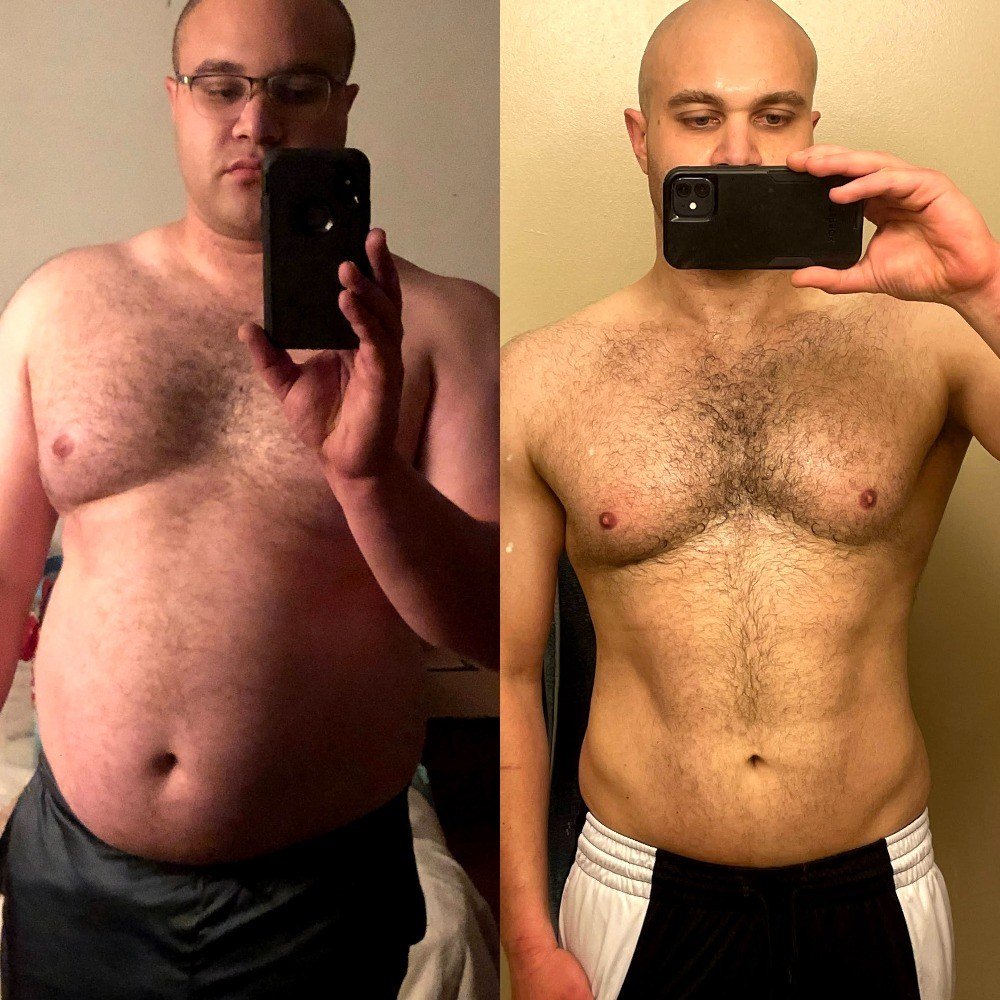
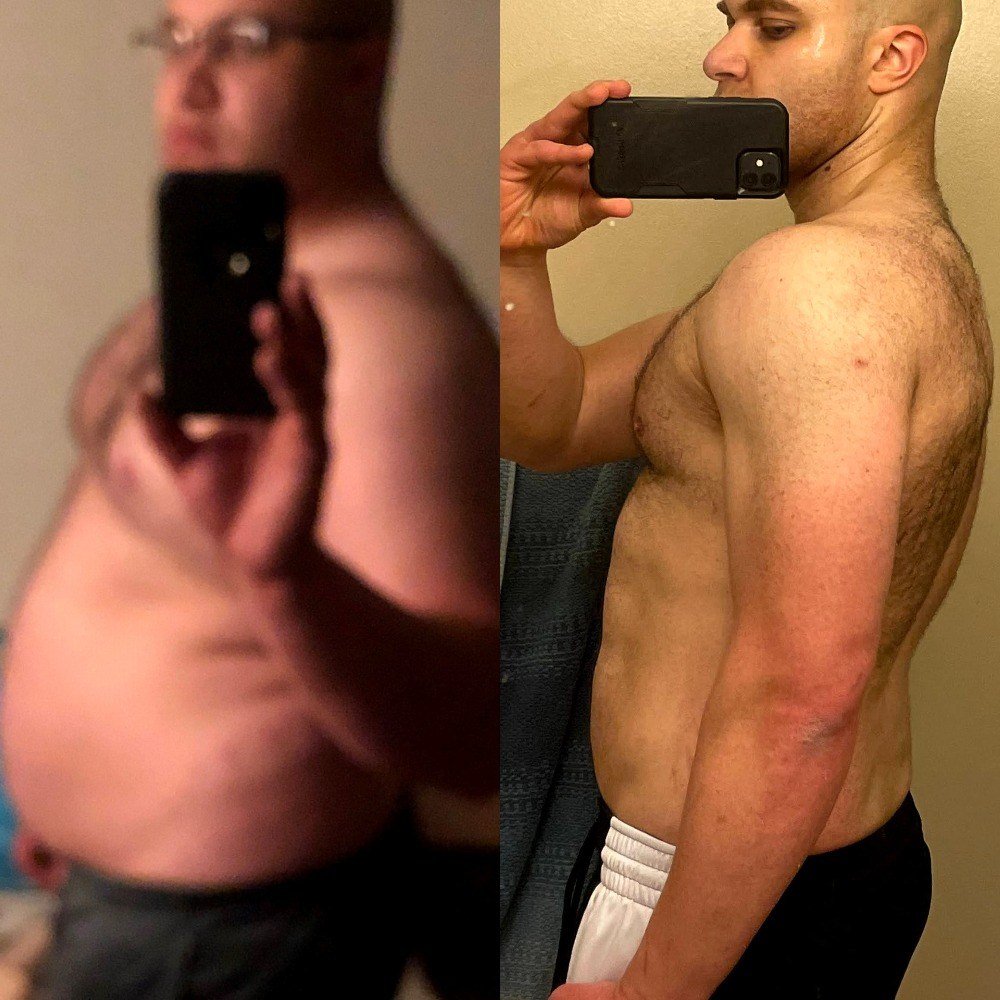
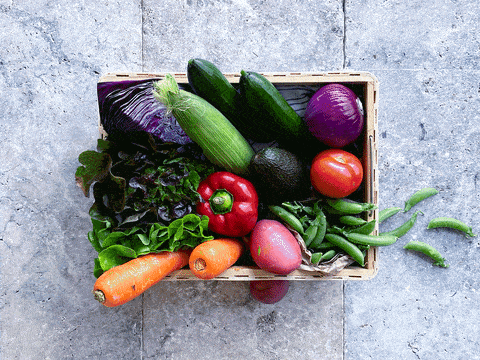

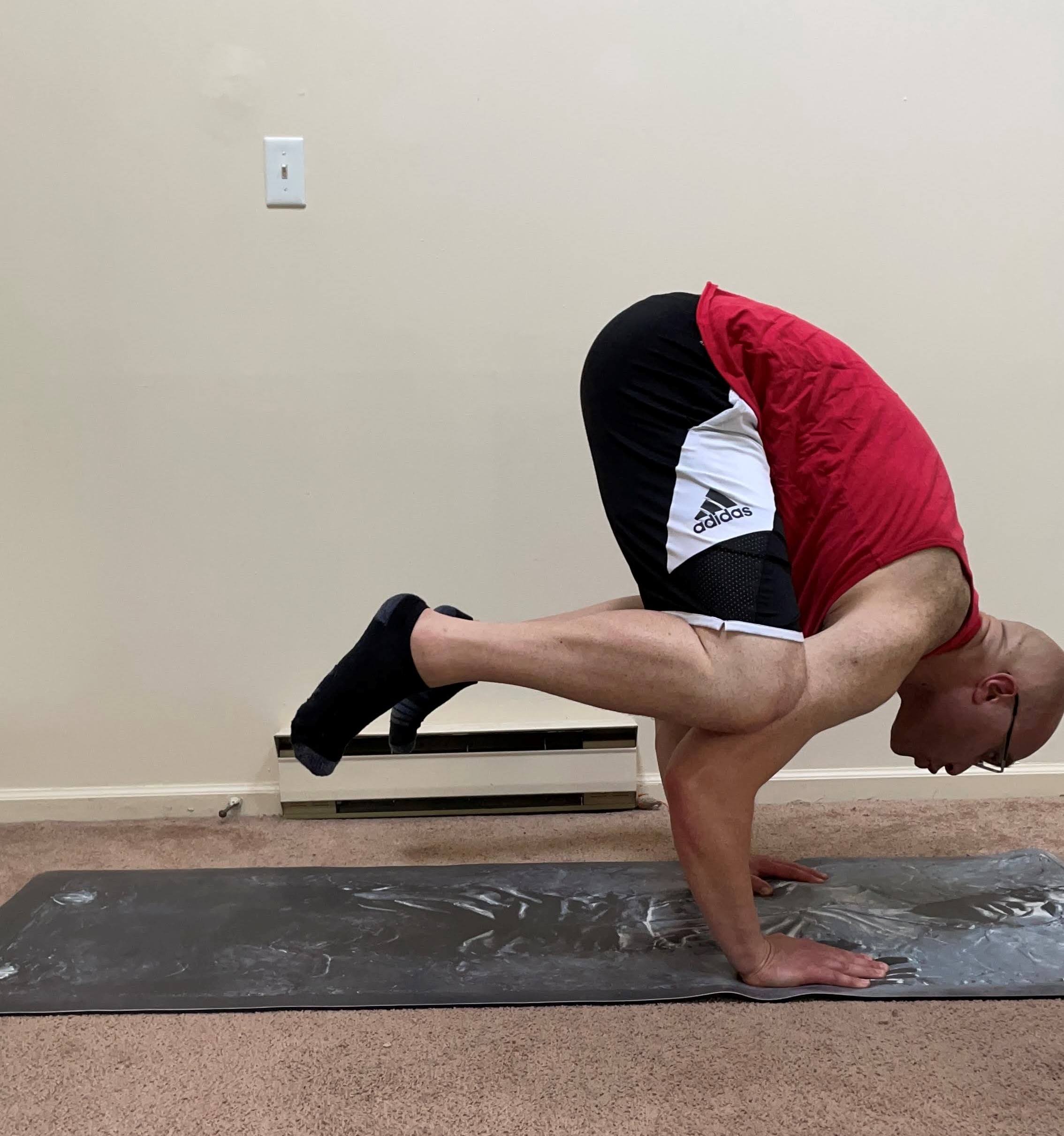
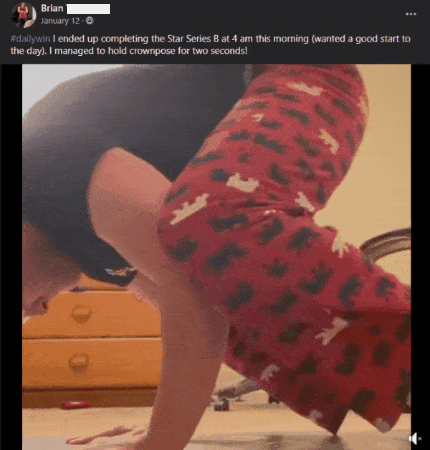
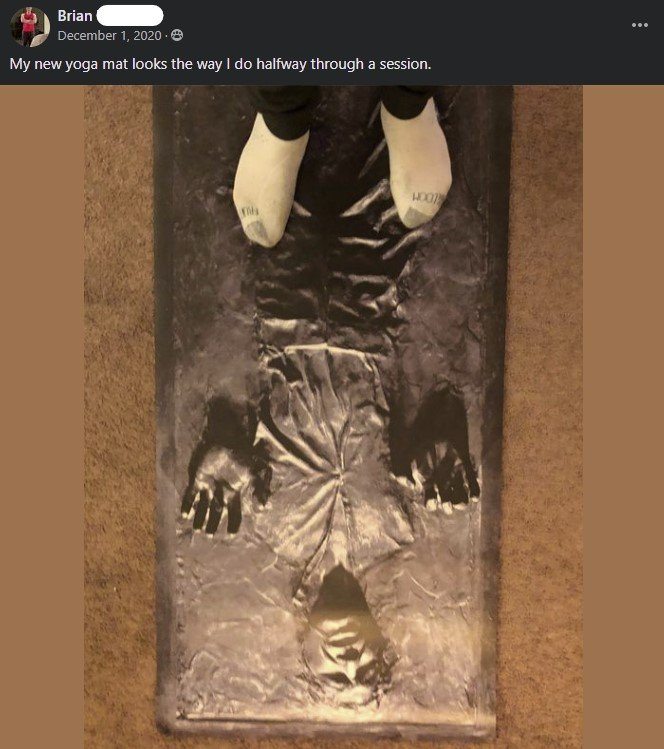
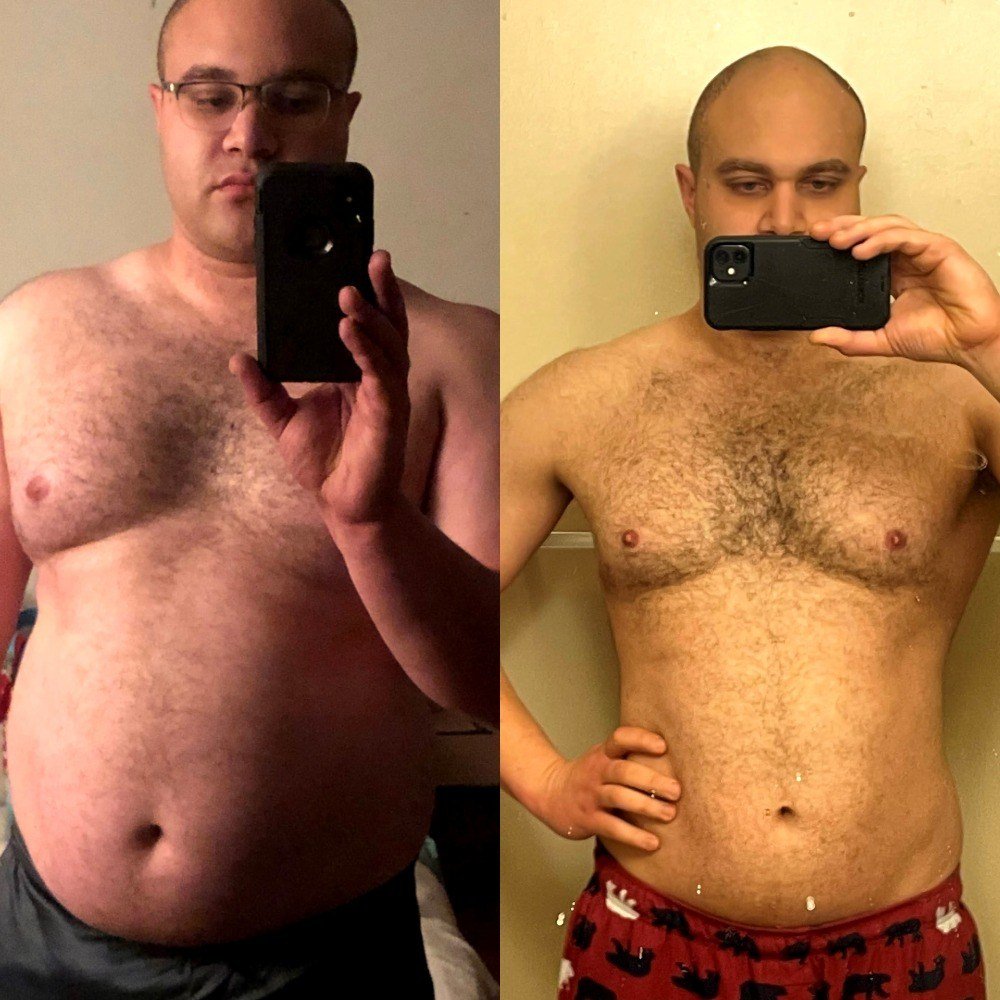
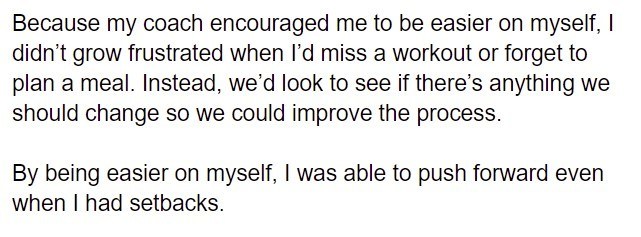
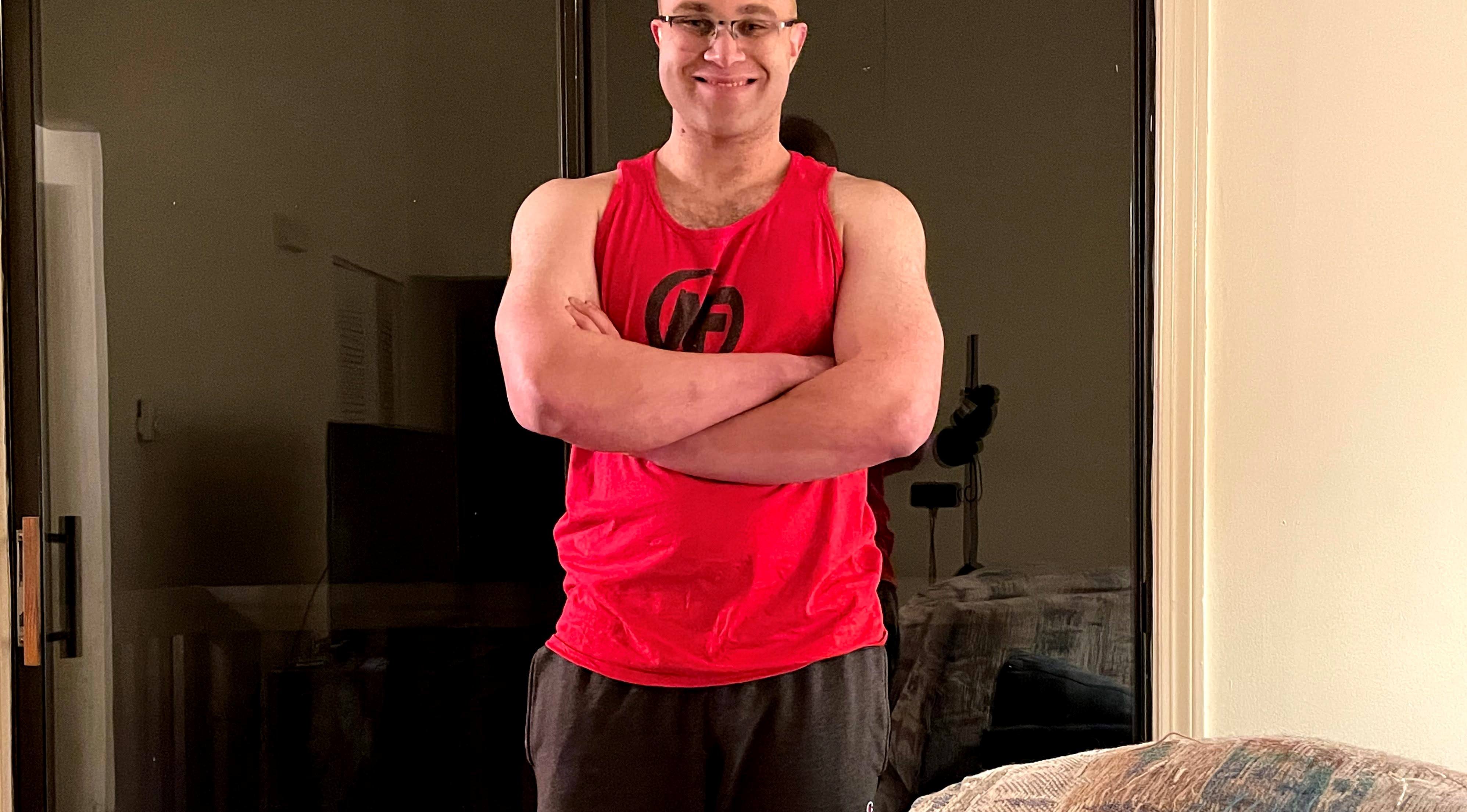
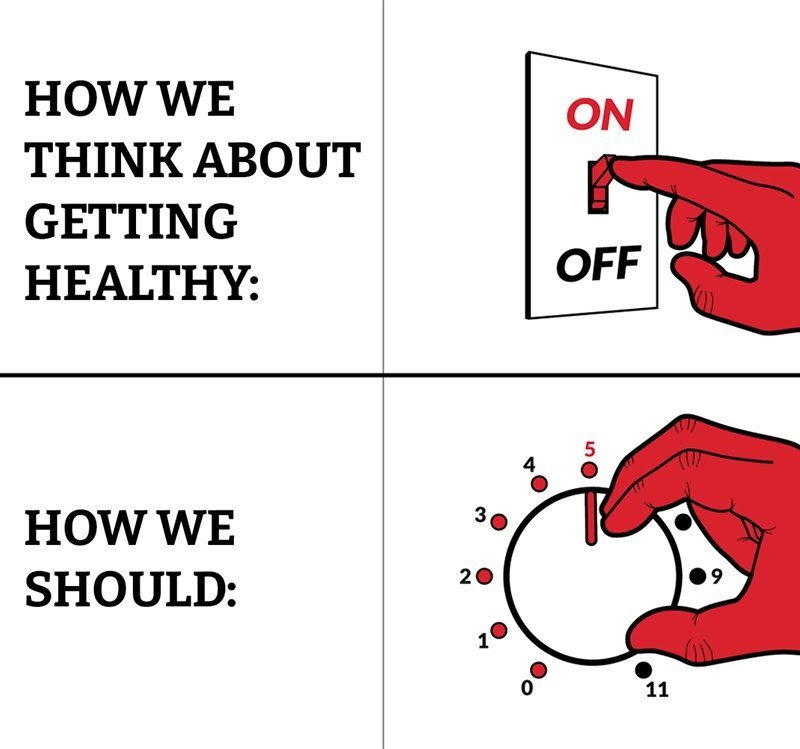

 I love those posts about famous people who didn’t reach their stride until mid-life. Or ‘til after receiving hundreds of rejection letters. Or following some huge life-altering experience. Like George Lucas who got turned down by three major movie studios. Michael Jordan who got cut from his high school basketball team, twice. The dude who started FedEx who allegedly got a C on his college term paper promoting the original biz idea.
I love those posts about famous people who didn’t reach their stride until mid-life. Or ‘til after receiving hundreds of rejection letters. Or following some huge life-altering experience. Like George Lucas who got turned down by three major movie studios. Michael Jordan who got cut from his high school basketball team, twice. The dude who started FedEx who allegedly got a C on his college term paper promoting the original biz idea.
 It’s one thing to look at studies. What if we look at “finished products”? What if we look at whole organisms that appear to be doing things right and try to learn from them? People are always looking at the “Blue Zones” or this guru or that celebrity and trying to glean insights about healthy diet, lifestyle, and behavior. I say expand that outlook to encompass other populations you might not have considered. LIke kids.
It’s one thing to look at studies. What if we look at “finished products”? What if we look at whole organisms that appear to be doing things right and try to learn from them? People are always looking at the “Blue Zones” or this guru or that celebrity and trying to glean insights about healthy diet, lifestyle, and behavior. I say expand that outlook to encompass other populations you might not have considered. LIke kids.
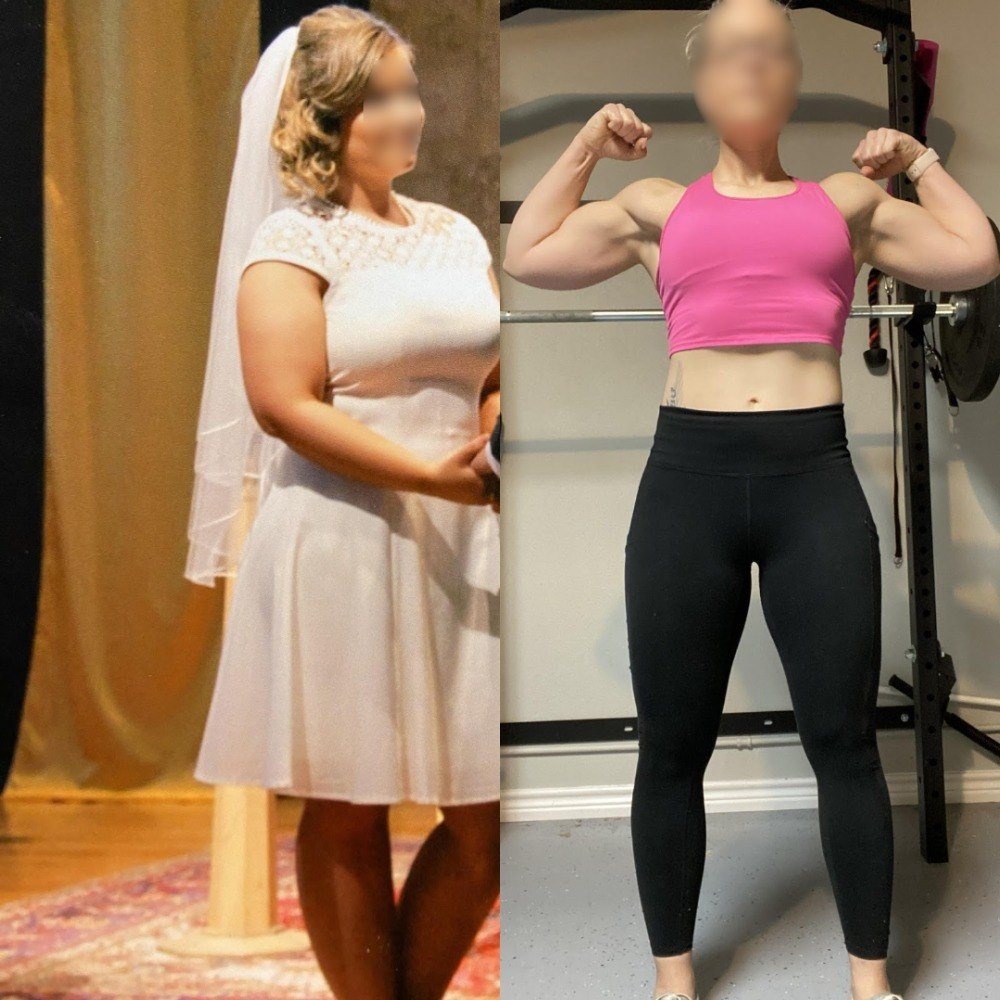
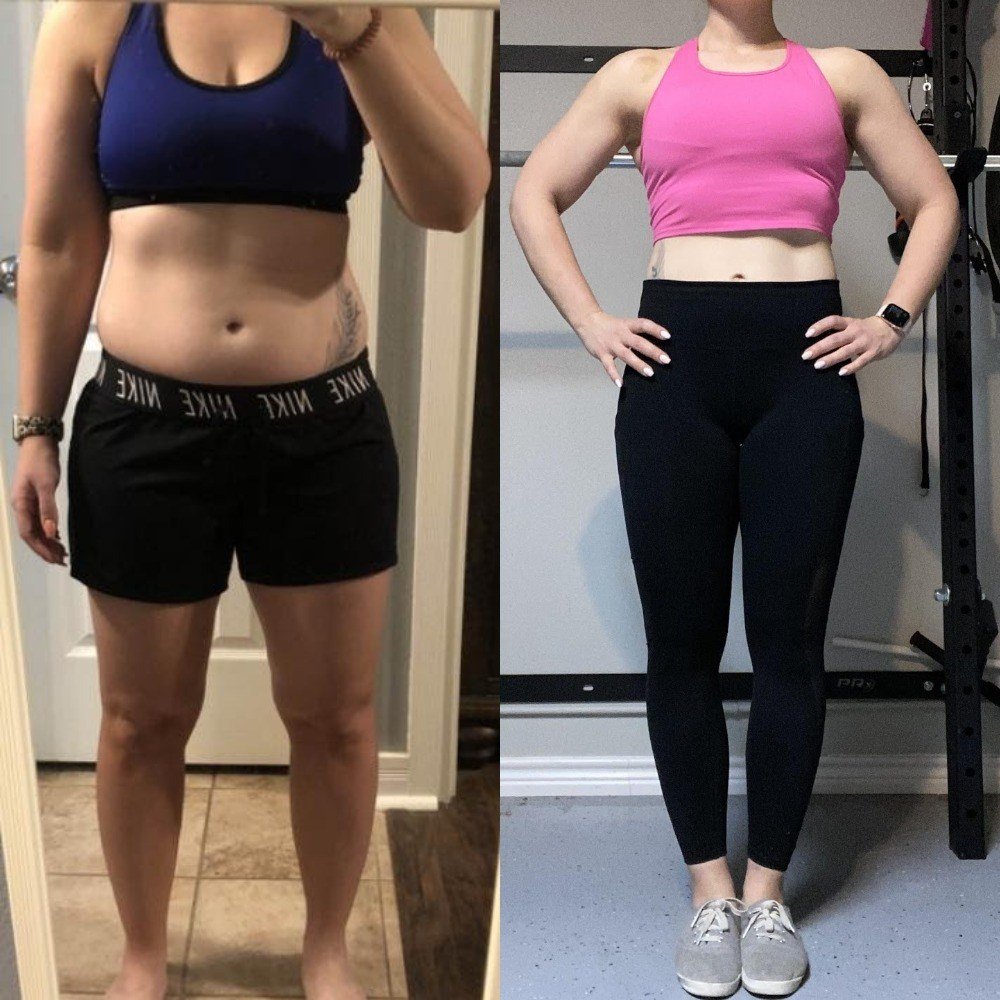
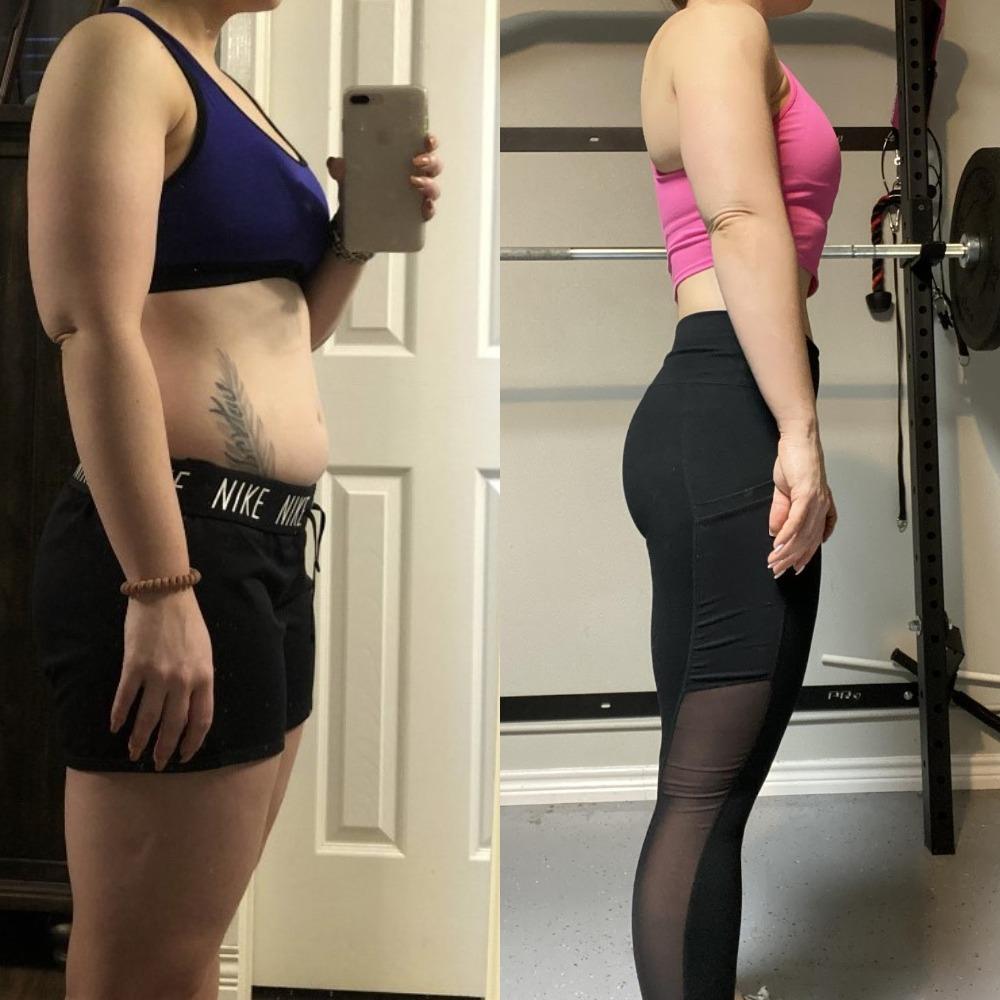
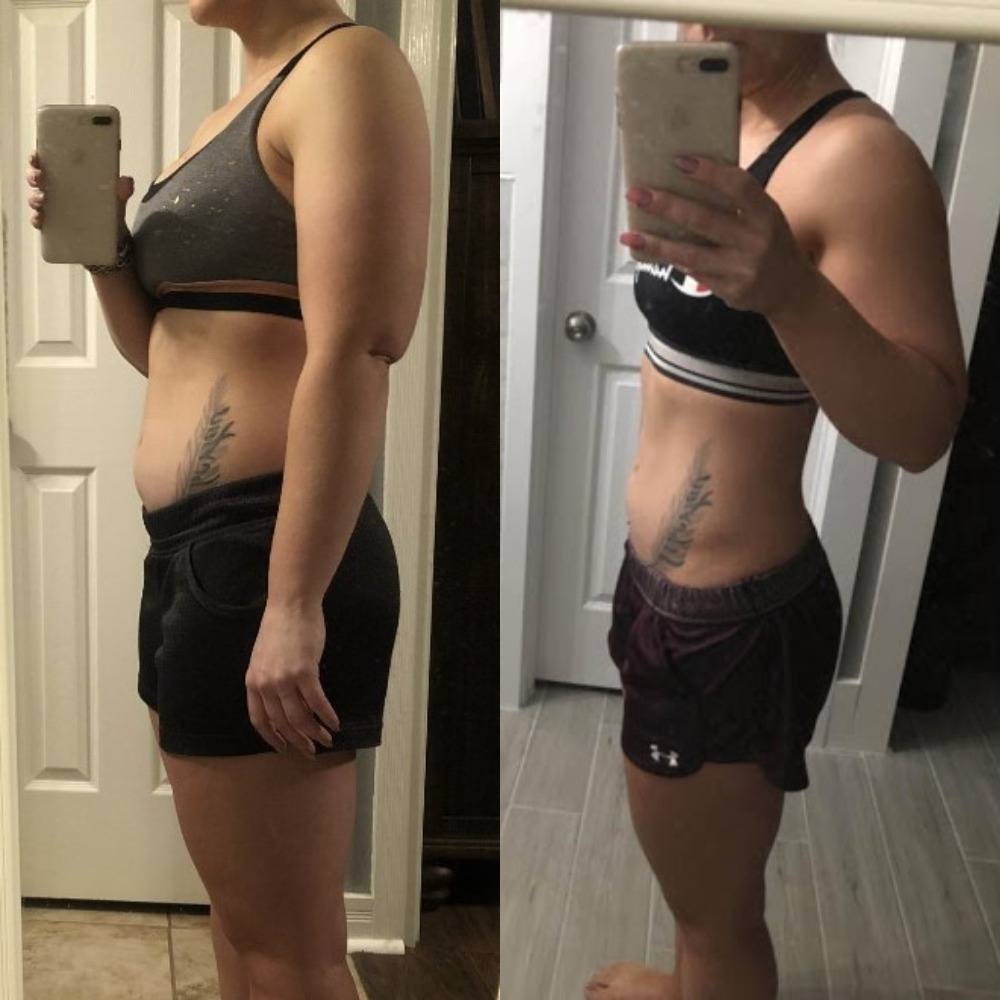
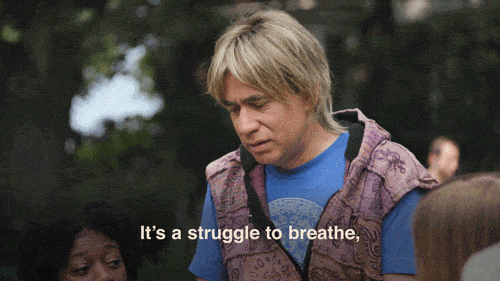
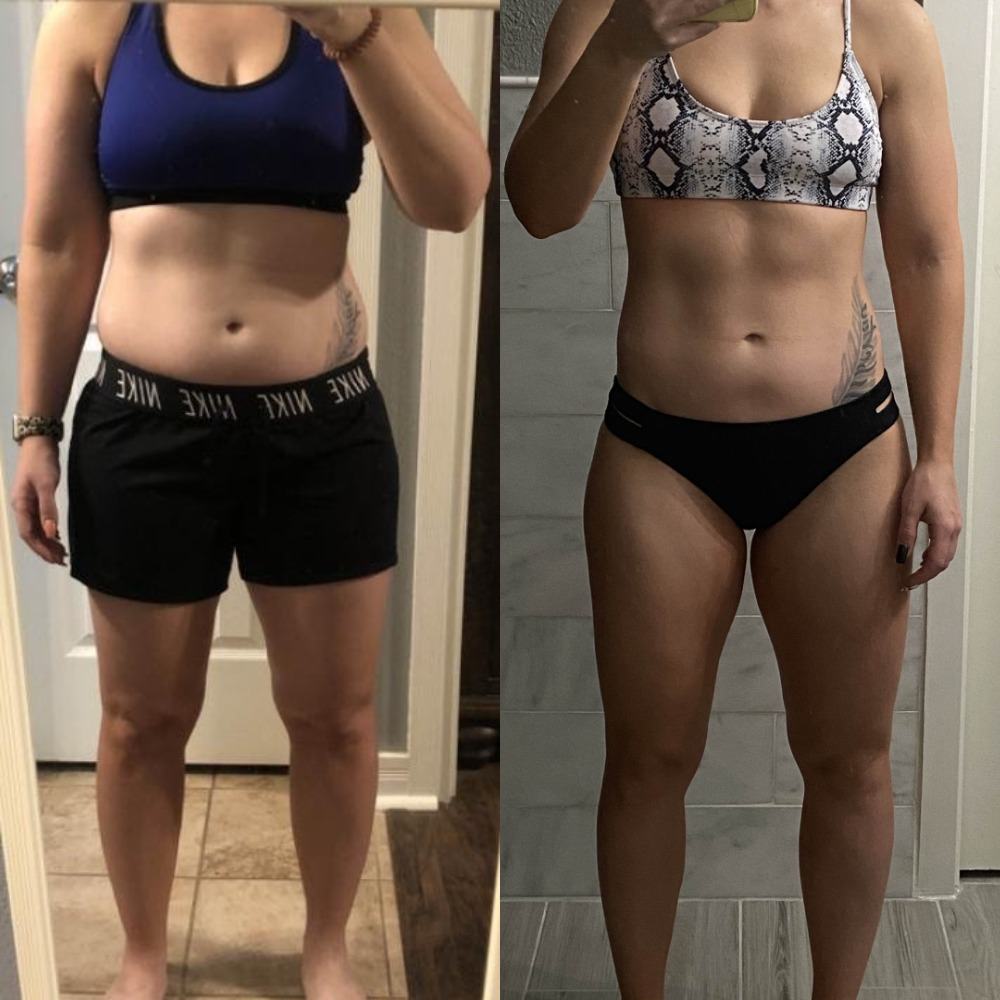



 For now classes are 6pm and 640pm at 2840 Wildwood st in the Boise Cloggers studio.
Book your class NOW!
click this ==>
For now classes are 6pm and 640pm at 2840 Wildwood st in the Boise Cloggers studio.
Book your class NOW!
click this ==>








